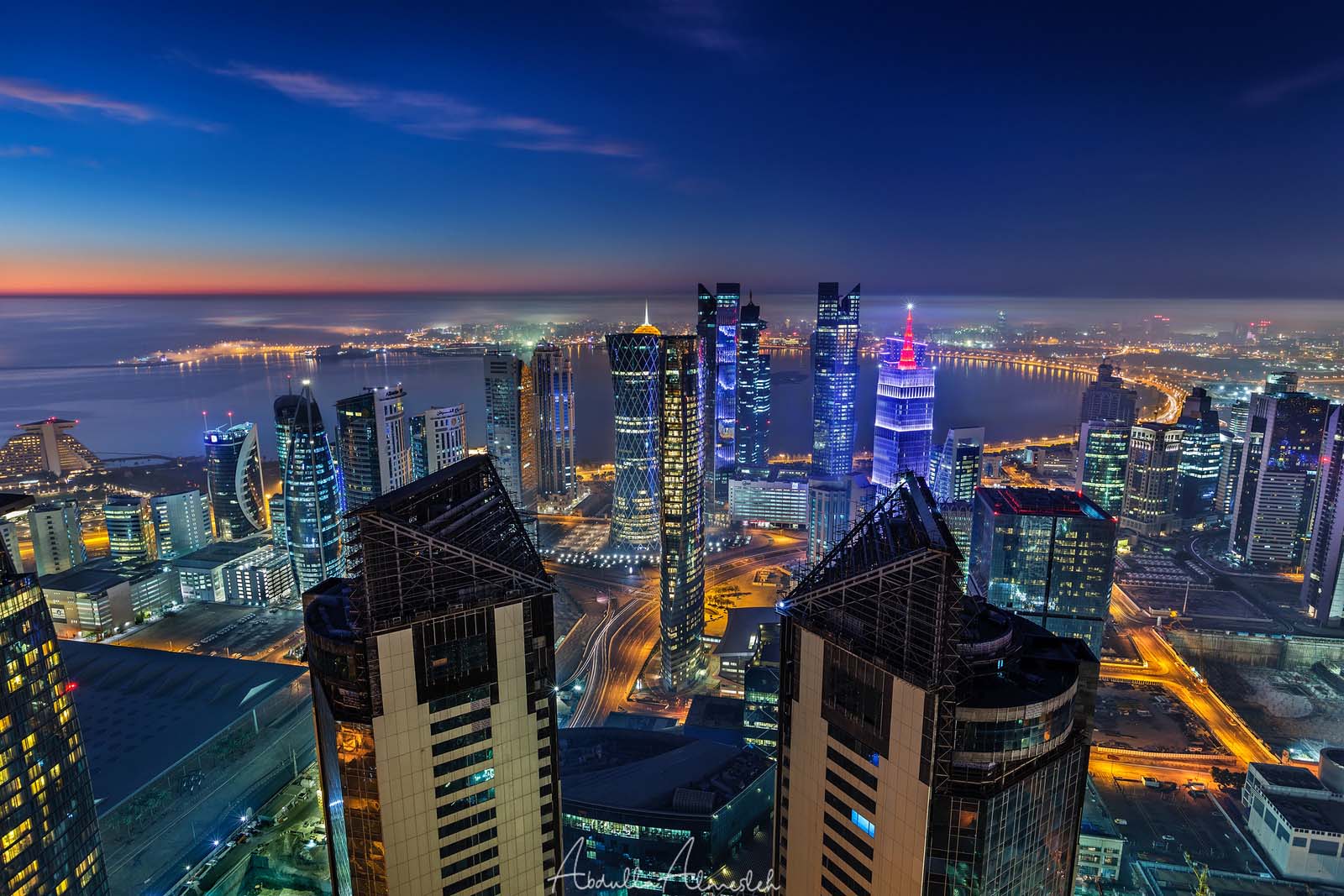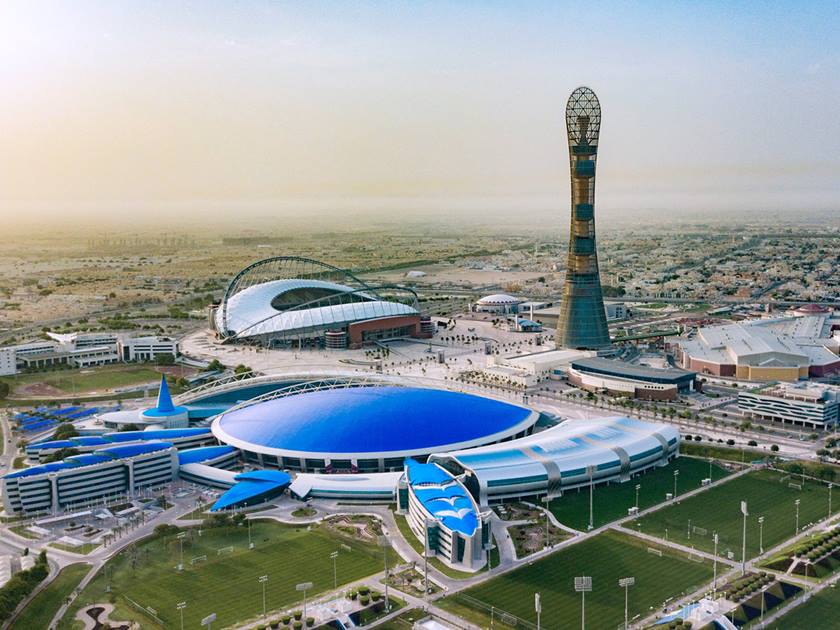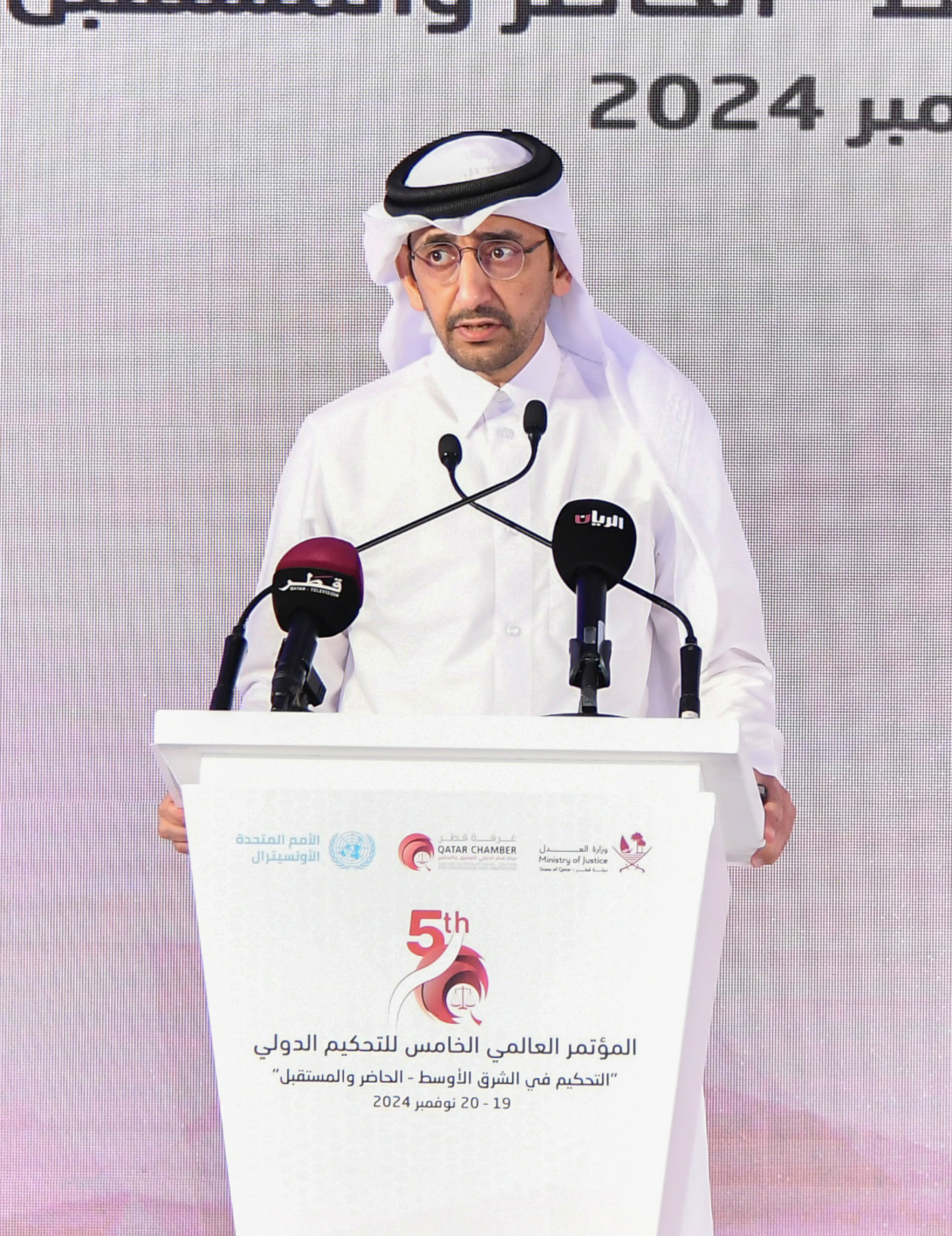Qatar’s general government debt has been estimated to fall to 48% of GDP in 2020 and 43.1% in 2021 from 53.2% in 2019, according to French multinational investment bank, Societe Generale.
Despite this, Qatar’s credit profile will remain resilient, supported by its wealthy economy and strong government and external net asset positions, according to Standard & Poor’s (S&P), an international credit rating agency.
Income levels in Qatar have remained among the highest of rated sovereigns despite a sharp COVID-19-induced decline in economic activity and low hydrocarbon prices.
High gross domestic product (GDP) per capita, rebounding to an average of $61,600 in 2021-23 from a low of $56,500 in 2020, would mitigate the effect of weak trend growth expected over the forecast horizon.
Read more: Qatar stock market shows positive signs after US election result
Meanwhile, the expected commissioning of the Barzan natural gas facility could support domestic gas production and contribute positively to growth.
“We expect the rebound to be linked to increased hydrocarbon prices and gradually abating effects of the pandemic,” the rating agency said.
Qatar’s GDP may scale up to $208bn in 2024 from $162bn this year, an increase of almost 30% over four years, according to FocusEconomics, a leading provider of economic analysis and forecasts.
Next year, Qatar’s GDP shows a 7.2% projected increase to reach $174bn, followed by a further 6.4% to reach $185bn in 2022 and another 1.9% increase to hit $196bn in 2023.
Two other economic indicators, the rate of inflation and that of unemployment, also point to a healthy and growing economy over the next few years.
According to the report, the country’s inflation will be -1.8% this year, likely due to the COVID-19 pandemic, 1.2% in 2021, 1.7% in 2022, 1.8% in 2023 and 1.9% in 2024.
Follow Doha News on Twitter, Instagram, Facebook and Youtube







